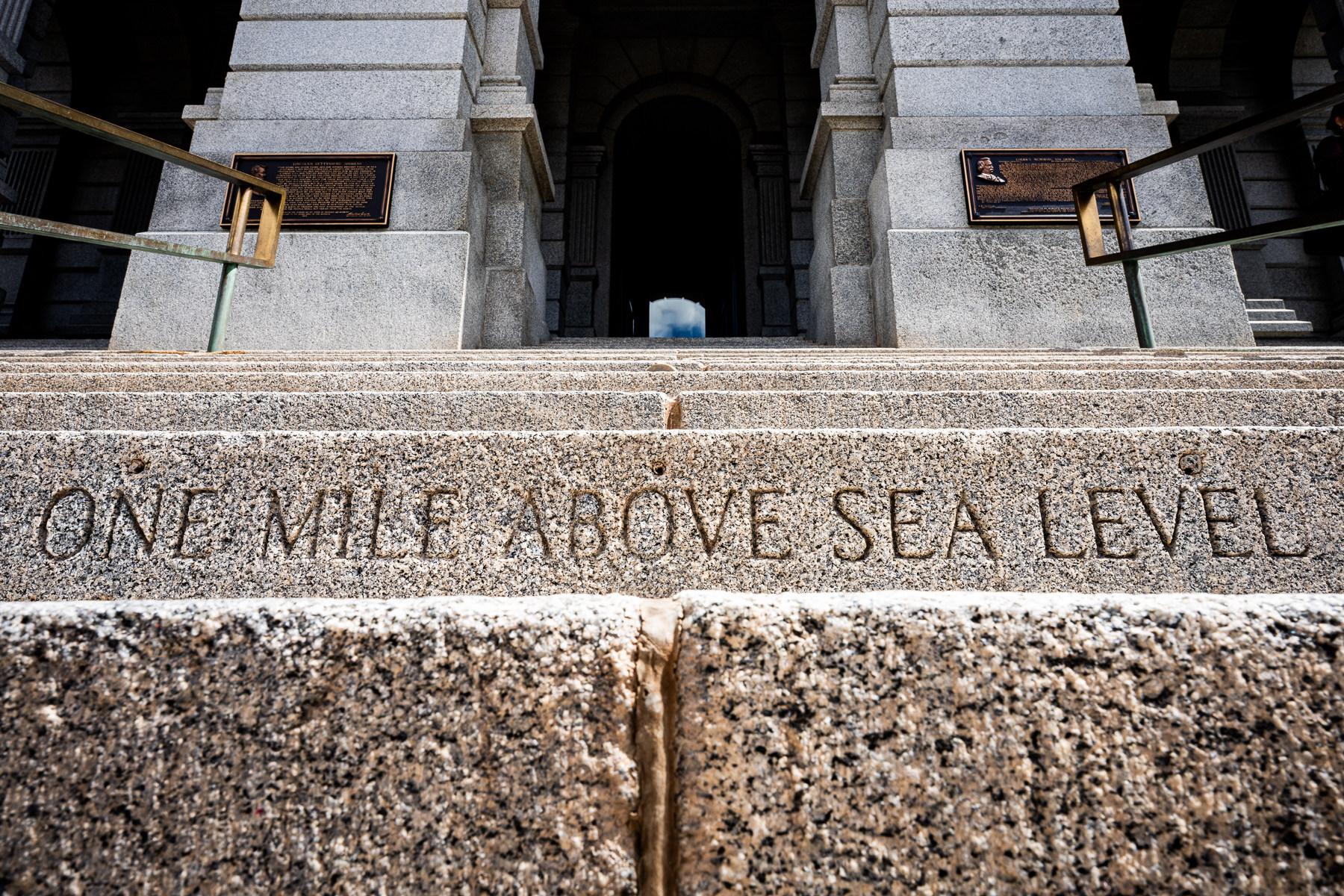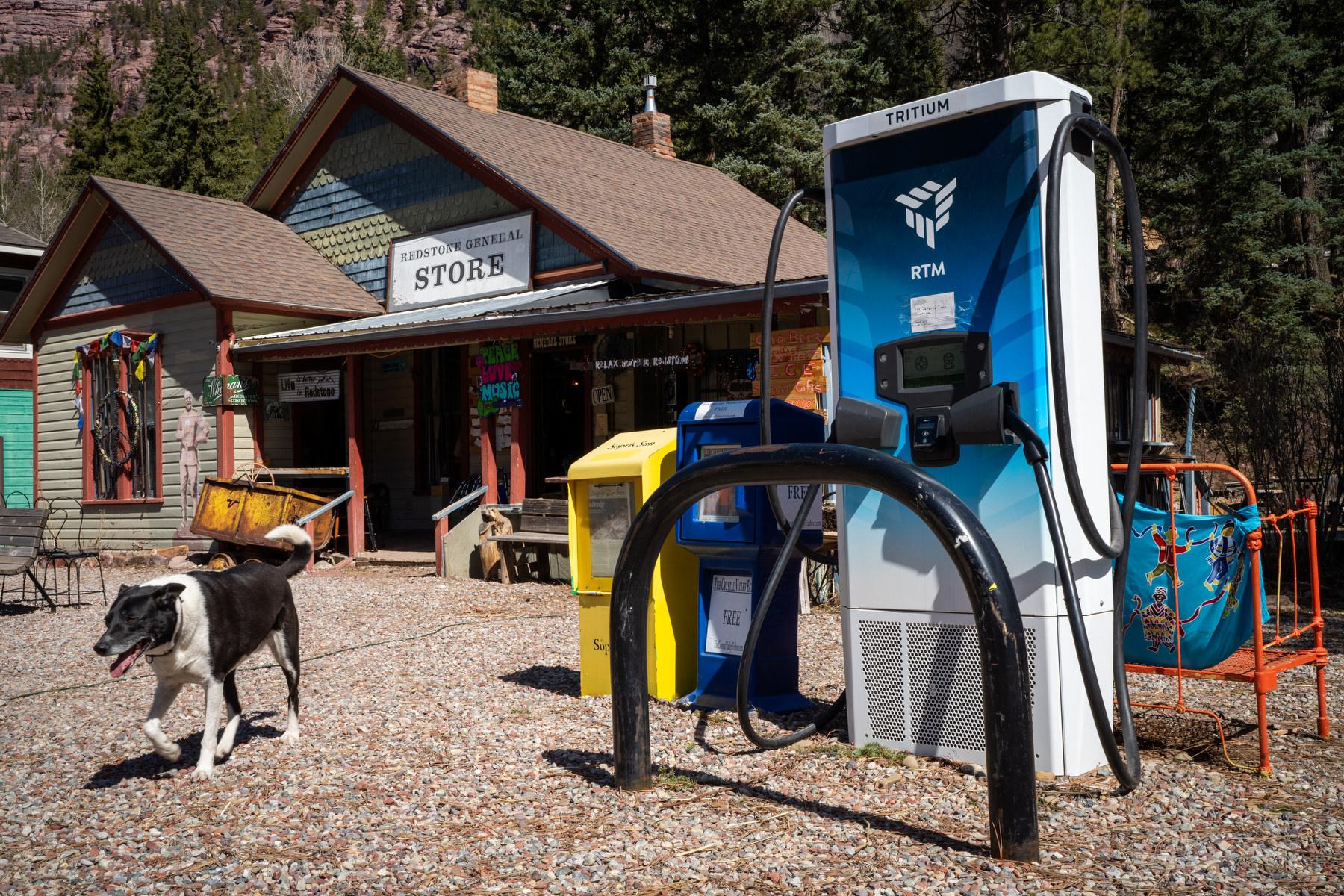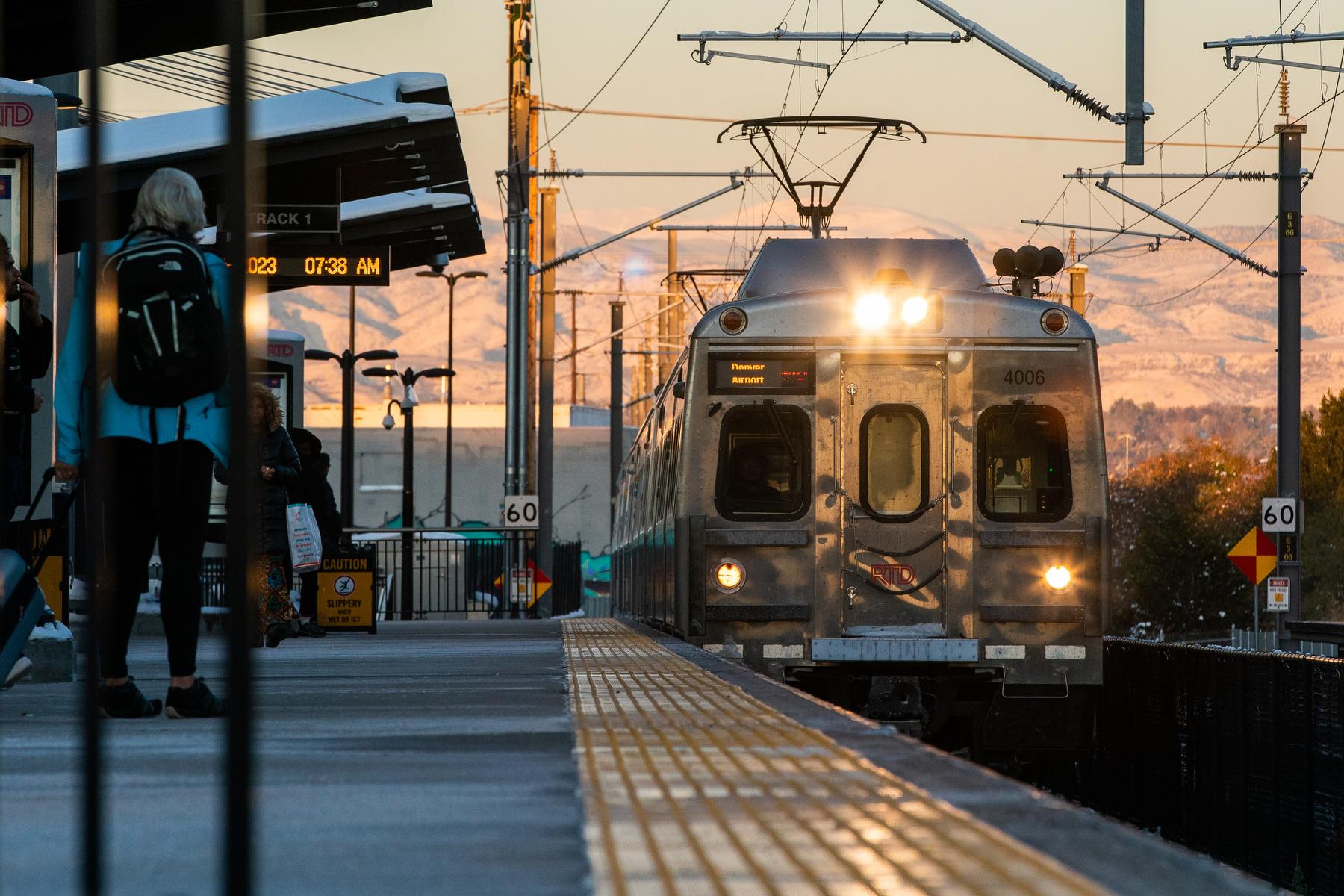
It’s been over a year since Governor Hickenlooper issued an executive order calling for the creation of a state water plan. It won’t be a legal document, but the plan is expected to make recommendations that will guide future water planning and funding decisions. The process is well underway, with a deadline to deliver a draft plan by this December.
Mike Preston, manager of the Dolores Water Conservancy District, which stores and delivers water from the Dolores River, stands next to an irrigation outlet on McPhee Reservoir, near Cortez.
“Civilization in this part of the world,” Preston says, “is really based on capturing the runoff that comes out of the snowpack, storing it, and being able to deliver it when it’s needed. Without that, this reverts to desert.”
Preston also coordinates the Southwest Basin Roundtable, a regular gathering of agricultural, municipal, environmental, and recreational water users.
There are roundtables for each of the eight major river basins in Colorado and an additional roundtable for metro Denver. The state legislature created basin roundtables in 2005 and tasked them with finding cooperative solutions to local water management issues. Each roundtable has spent much of the past year developing the blueprint for their basin that will be incorporated into the state water plan.
In the Southwest Basin, Preston says some of the roundtable’s conversations have centered around balancing agriculture and the environment.
“A lot of the challenge—and I think the roundtable’s done a very good job of it, because everybody gets along and tries to understand each other’s perspectives,” Preston says, “is how you reconcile or integrate the need for agricultural deliveries with the environmental values and keeping kind of adequate water in the streams.”
Trying to support healthy ecosystems and a healthy farm and ranching economy with limited water is a big challenge, but add to that the state’s projected population growth of 5.5 million now to over 10 million by 2050.
Then, says James Eklund, director of the Colorado Water Conservation Board, there’s drought.
“We’ve had it over our history,” says Eklund. “What makes it unique now, or different now, is that we are seeing patterns of extreme drought in more sustained periods than we’ve ever seen them in our history. The Colorado River basin has been in a 14-year period of drought that has not been equaled in human recorded history.”
Most other western states already have a water plan. The water conservation board and the basin roundtables are leading an extensive public process to gather input from as many Coloradoans as possible.
Kate McIntire, one of the outreach coordinators with Colorao’s Water Conservation Board, says they want to keep residents engaged long after the plan is finalized.
“We’re starting to look out into the future. Not only as to how people are involved during this development of the draft and final plan, but what are the long-range strategies for making sure the public is involved over, for example, the next five years?”
There’s broad agreement that one of the biggest issues for the Colorado Water Plan—both now and in the foreseeable future—is the question of transbasin diversions. That’s the technical term behind moving water from the Western Slope to growing cities on the Front Range. It’s always been a sensitive topic, and the Dolores Water Conservancy District’s Mike Preston says his basin roundtable favors tougher limits on household water use, especially on lawns.
“People aren’t really interested in bringing the Colorado River across the Continental Divide and diminishing agricultural potential in order to grow bluegrass in front of suburban households.”
Colorado Water Conservation Board director James Eklund says he’s seeing more cooperation from Front Range cities looking for more West Slope water.
“They’re saying that kind of for the first time,” Eklund says. “Saying, ‘We understand that even though we have a legal right to go take that water because we secured those rights a long time ago, we’re not just going to go do it because it’s something that we can do and we’ll see you in water court.’”
Eklund says the state water plan will not supersede prior appropriation-- Colorado’s seniority-based system of water laws. But, he says, prior appropriation may need to bend to reflect the changing times, just as it’s done for over a century.
“Prior appropriation has had to either adjust or flex in each one of those times,” Eklund says, referencing the growth of cities and the agriculture economy across the state, as well as environmental needs, and even the connection between surface and ground water.
The draft version of the state water plan is due on the governor’s desk this December. Then there’s a year of review and potential revision before the deadline for the final plan, in December 2015. For information on the basin roundtables or comment on the plan, you can go to ColoradoWaterPlan.com.
Connecting the Drops is a collaboration between Rocky Mountain Community Radio Stations and the Colorado Foundation for Water Education. Find out more about water in the state at YourWaterColorado.org.








